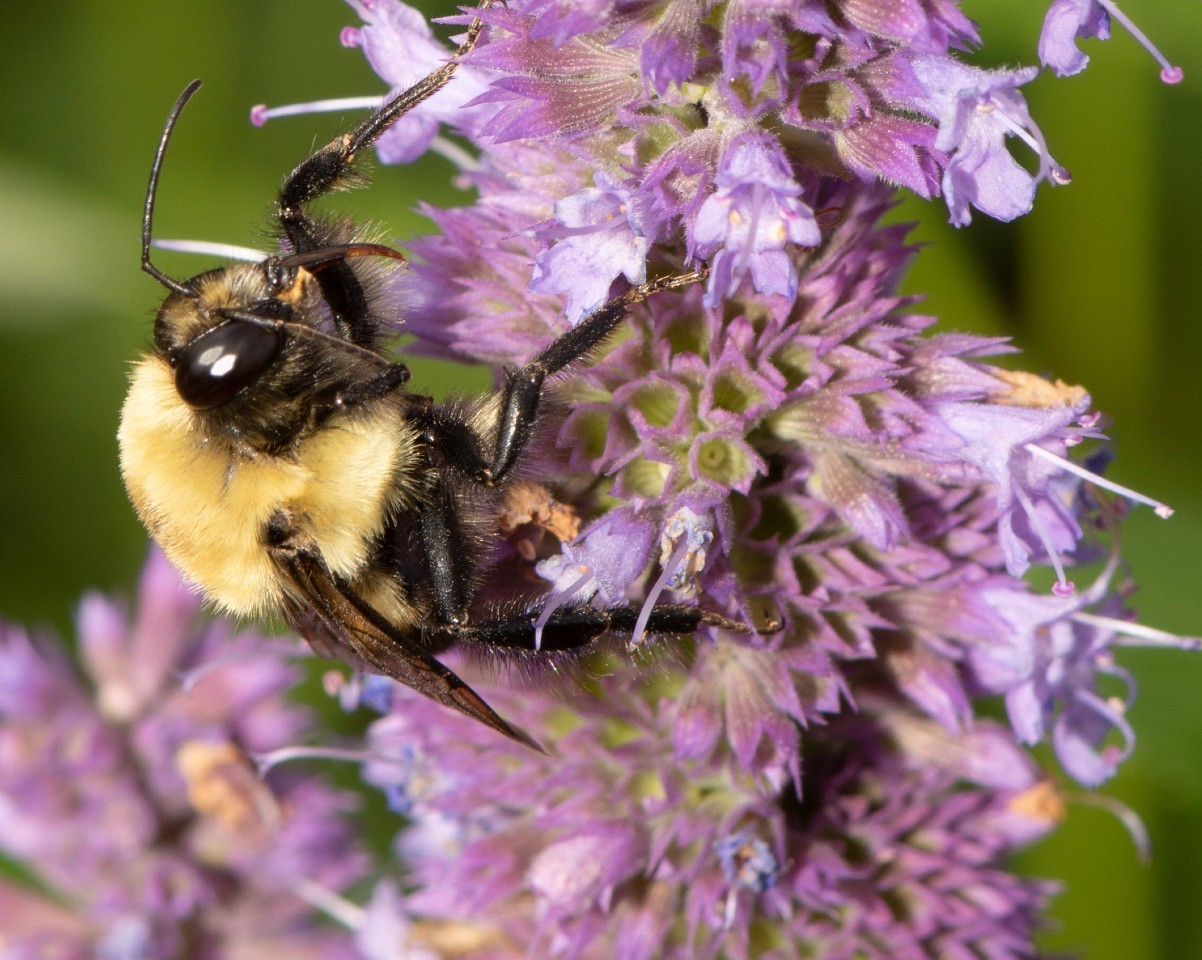New field research facility will provide key data for buildings of the future
 Hua Ge: “The facility will expand our capacity to train the next generation of building and electrical engineers in the design and operation of net-zero energy buildings.” | All images courtesy of Smith Vigeant architects Inc.
Hua Ge: “The facility will expand our capacity to train the next generation of building and electrical engineers in the design and operation of net-zero energy buildings.” | All images courtesy of Smith Vigeant architects Inc.
Researchers at Concordia’s Centre for Zero Energy Building Studies (CZEBS) and Facilities Management have been collaborating on the conception and construction of a new house-sized facility on Loyola Campus.
The Field Research Facility for Buildings of the Future will contribute to the development of more efficient, durable and sustainable buildings. It will occupy the same space where the old Solar House previously stood, flanked by the City Farm School‘s perennial gardens.
“The old Solar House was Concordia’s entry in the prestigious Solar Decathlon in the United States in 2005. It was taken to Washington, D.C., for the competition, then brought back and reassembled on campus,” explains Hua Ge, associate professor and Tier 2 Concordia University Research Chair in the Department of Building, Civil and Environmental Engineering at the Gina Cody School of Engineering and Computer Science and member of the CZEBS.
“The new facility will reflect the ambitious spirit of the CZEBS in fostering cutting-edge research on high-performance buildings” says Andreas Athienitis, director of CZEBS.
The facility is funded in part by the Canada Foundation for Innovation (CFI) through a $1.3 M grant led by Ge and other CZEBS members including Athienitis, Leon Wang, Ted Stathopoulos, Radu Zmeureanu and Bruno Lee. Pragasen Pillay and Luiz Lopes, from the Department of Electrical and Computer Engineering, also played key roles.

Big ideas within a modest structure
Buildings consume more than half of Canada’s electricity and contribute around a quarter of its greenhouse gas emissions.
“Buildings need to provide a safe, healthy and comfortable indoor environment at minimal cost to the environment and the society,” Ge notes. “This means being both energy-efficient and climate-resilient in extreme weather conditions — something we see more frequently due to climate change. This facility will support our research to advance our knowledge and best practices.”
To meet the building’s unique requirements, researchers and Facilities Management staff sought the assistance of the Montreal firm Smith Vigeant Architects. The architects helped come up with solutions that would allow researchers to change the exterior envelope every year or two, depending on the project.
“As part of our work to design intelligent net-zero energy buildings (NZEBs), we have to run a significant number of tests in order to optimize integrated system performance under real weather operating conditions,” Ge explains.
A second challenge was ensuring that the building would blend well with its surroundings.
“Though research requirements defined many aspects of the building’s appearance, we sought an aesthetic that would transition from our other institutional structures toward that of residential homes nearby,” says Shawn Moss, project manager for Facilities Management.
“Furthermore, we want the new building to integrate into the landscape so we also brought in some rural design elements like wood exterior cladding, similar to the old Solar House. And while we build, we are doing our utmost to protect the adjacent perennial gardens. We hope they will continue to flourish alongside the new building.”
In addition to testing building envelopes, the facility will also gather data on interaction between heating, ventilation and air conditioning systems as well as indoor environments. Researchers and students will be able to experiment with automation systems, hybrid renewables, urban wind energy and smart nano-grids.
“The facility will expand our capacity to train the next generation of building and electrical engineers in the design and operation of NZEBs. They should come away with experience and a better understanding of indoor environmental quality, sustainability and economics,” Ge says.

The construction phase
Plans for the new structure were submitted to the City of Montreal in October 2019. Though they were approved shortly after, disruptions caused by the COVID-19 pandemic delayed the awarding of the contract and the start of construction. It was only possible to begin work in mid-August.
The current focus is on erecting the exterior of the field research facility. That work involves digging a trench for plumbing, internet and electrical connections. It also includes pouring a slab base for the building, rather than a full foundation or basement. That’s because the building is not intended for actual occupation, only for research.
By the end of 2020, exterior work should be complete. Interior finishing will be undertaken in early 2021. The goal is to dismantle the construction fence by the time the warm weather returns so that the temporary road can be removed and grounds returned to their previously green state.
“After two and a half years of hard work, we are very excited to see the construction of the facility underway now,” Ge says.
“We look forward to the completion of the facility and the start of many exciting and innovative research projects involving students, industry and the local community. We’re aiming to have a positive impact on buildings of the future through exploration and discovery now.”
To learn more about research on buildings of the future, visit Concordia’s Centre for Zero Energy Building Studies website. You can also learn more about or be in touch with Concordia Facilities Management.


